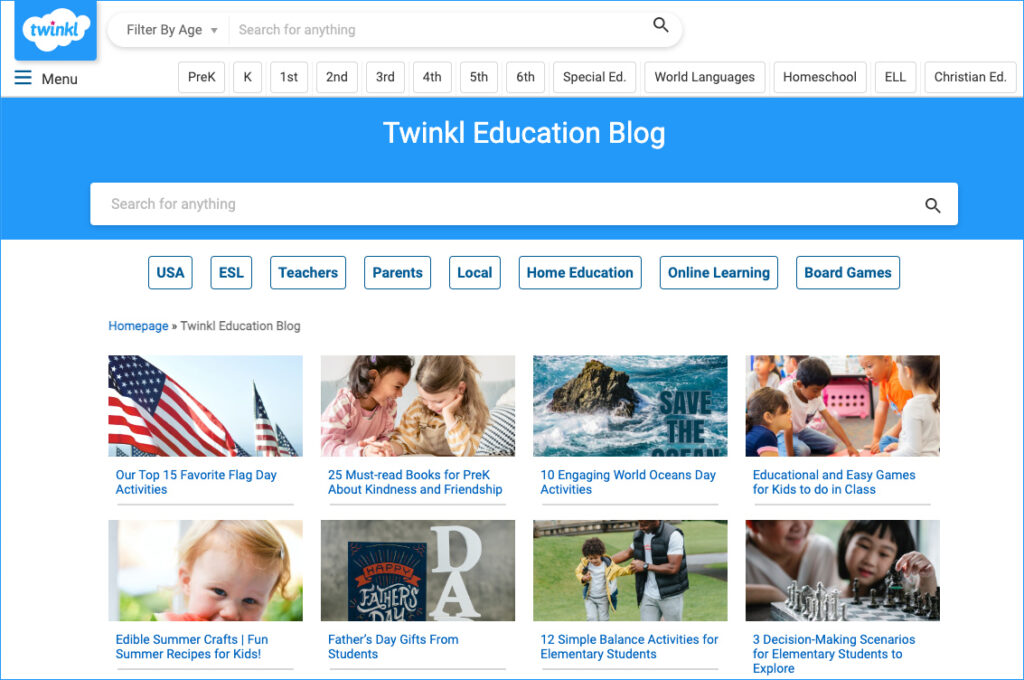From DSC:
For those of you college students who are trying to determine what you enjoy doing, I wanted to pass some items along that may be helpful if you are interested in game development, film, and/or TV-related production.
Some friends recommended knowing how to use the following tools, but I realize one could dive very deep with these tools:
Excerpt from Unity.com
.

Additional tip:
- Stay within what your budget can provide. Making a film about five students on campus is doable. Making a Star Wars-type movie isn’t — unless you are making a spoof or presenting a knowingly-bad movie.
I just wanted to pass these items along.
Also relevant/see:
- Video streaming in the era of framerate wars — from provideocoalition.com by Allan Tépper
Addendums on 7/3/22:
- Dissecting MetaHuman – A Realistic Avatar Framework — from xrtoday.com
Epic Games democratises avatar creation with integrated Unreal Engine tools


















